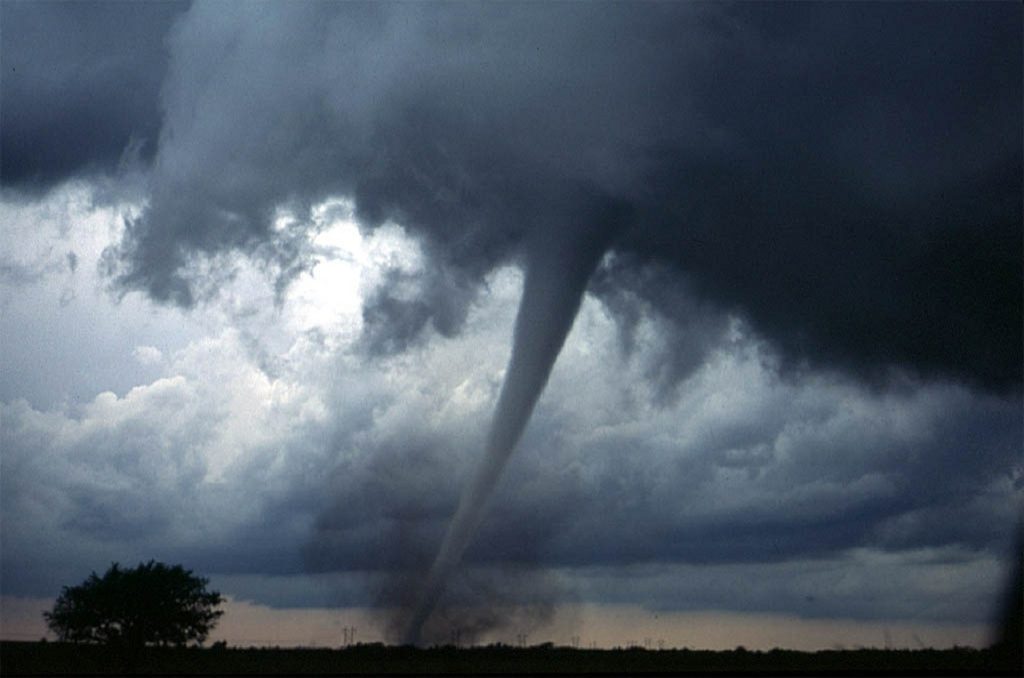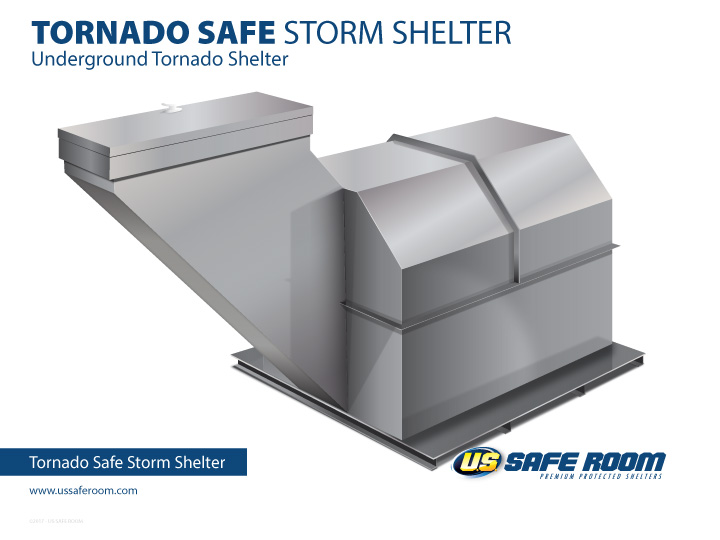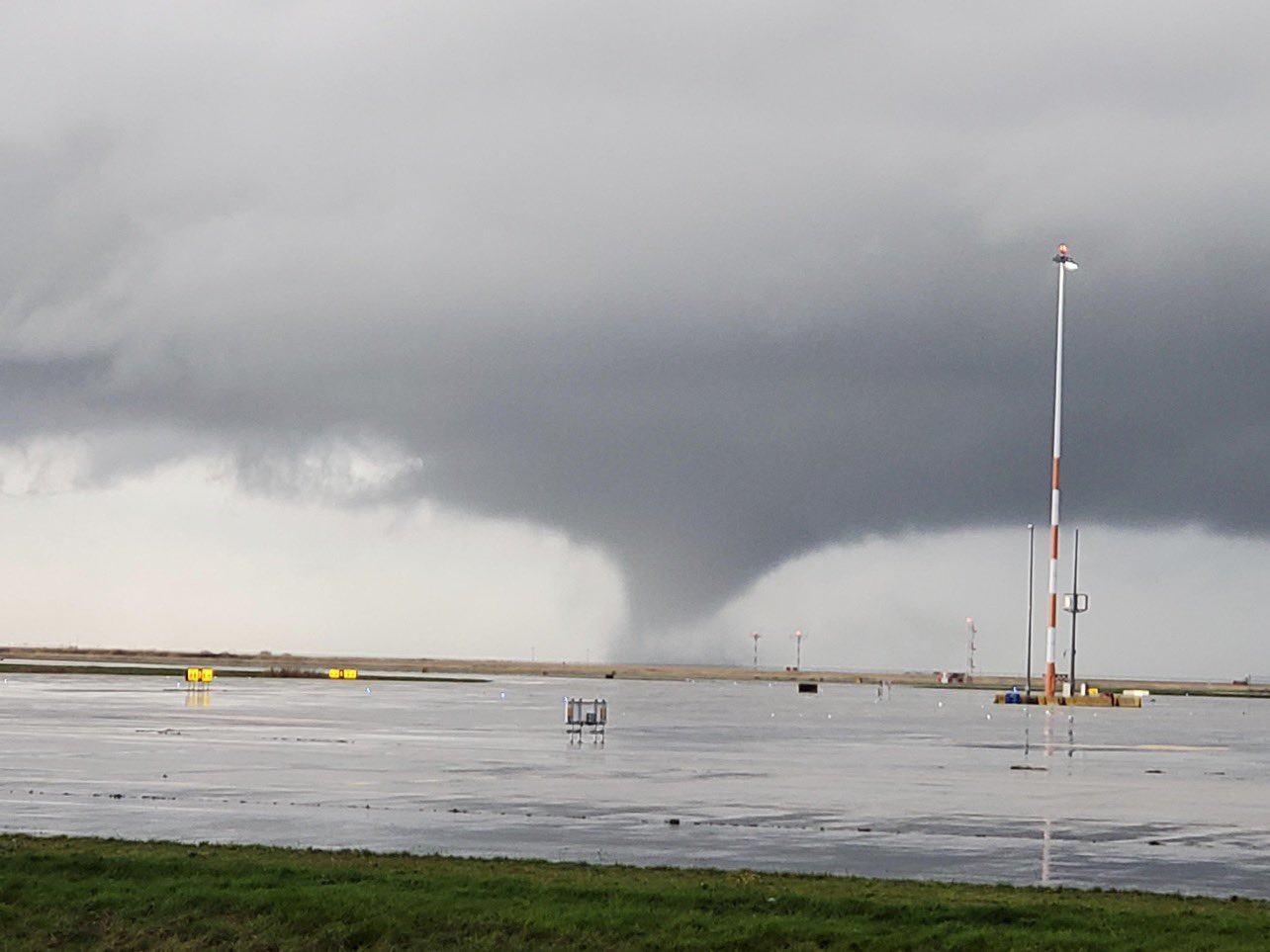October is best known for leaf-looking, pumpkin carving and trick-or-treating. As the summer heat finally relents and the days grow shorter, ‘hoodie weather’ begins to overtake our nation’s heartland. But this October was a little different. Instead of raking leaves, storm weary residents began to batten down the hatches. Evolving weather patterns with unseasonably warm weather have left thousands hunkering down in their storm shelters as they await for the clouds to finally depart. Unofficial reports have confirmed that October was the second highest month on record for tornadic activity. Nearly 120 twisters were reported nationwide, falling just short of the 2018 record of 123. Of particular note, Oklahoma more than doubled its October tornado tally in 2021. Prior to October, the state had only seen 25 tornadoes the entire year. High intensity tornadoes across the nation have ultimately triggered a second tornado season.
“There was plenty of warm air east of the Rockies. This means a little more energy, and also a sign we had a stronger flow off the Gulf of Mexico, which means a little more moisture and a stronger front for those systems that move across,” says Kevin MacKay, a meteorologist at The Weather Network, on what caused the sharp increase in tornadoes.

A ‘second tornado season’ is a bit of a misnomer. In reality, tornado season never truly ends. Traditionally, tornado season begins in earnest around April before diminishing activity leads to its unceremonious end in September. But as we’ve mentioned before, times and weather trends are changing. An increasing frequency in tornadic activity now blurs the beginning and end of preceding storm seasons. Even winter tornadoes in the Deep South are becoming an unnerving reality. Tornadoes are also now touching down in regions once thought immune from chaotic cyclonic winds. On Saturday, an eerie scene played out near the tarmac at a Vancouver, B.C. airport. Frenzied passengers and witnesses captured footage of a rare tornado touching down over the Strait of Georgia. Fortunately, only minor damage was reported and no one was injured. Such displays of unprecedented force in nature have necessitated a different approach in how we view tornadic activity. Killer storms are no longer just reserved for the Deep South and Tornado Alley. Impromptu twisters can strike anywhere with little to no warning.
Still Yourself Against a ‘Second Tornado Season’ With Steel Protection
Tornadoes, and by a greater extension, Mother Nature are truly unpredictable. Despite meteorologists’ best efforts to curtail fatalities, early warning storm detection technology has only come so far. Even with the best forecast data modeling, storm trackers can only give residents a few minutes advance notice of an advancing storm. Even worse, many people, citing the sporadic nature of storms, are still testing their lucky by foregoing steel tornado protection. ‘It could never happen to me,’ has sadly become their epitaph in ignoring the rising trend of killer storms that can strike anywhere.

Underground storm shelters remain the preferred method of protection for millions of homeowners. Call it human intuition, but for many, retreating underground becomes the first thought of beleaguered residents when they hear the tornado sirens begin to wail. Underground storm shelters and survival bunkers provide superior protection. These fully welded units come with below-ground staircase entry or optional overhead hatch with ladder. For additional security, a secondary escape hatch can be added as an alternate entry point.






